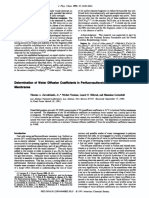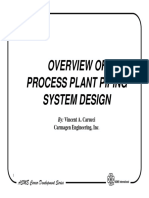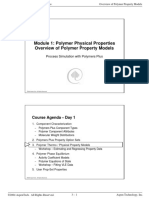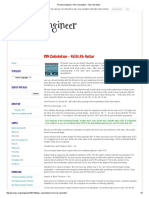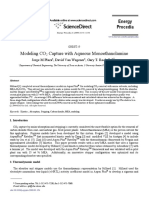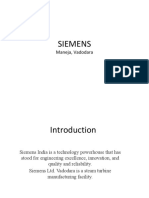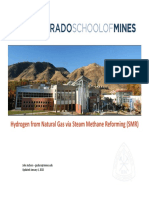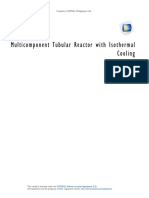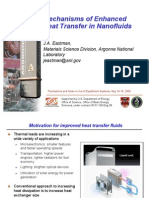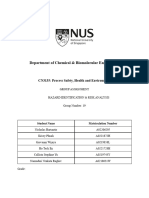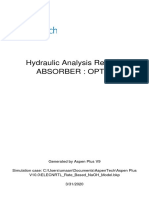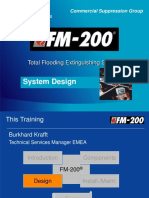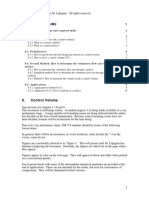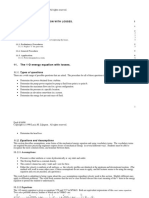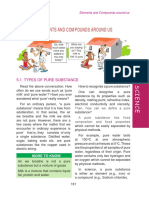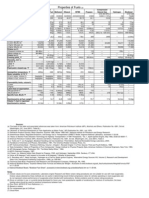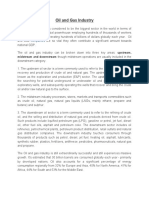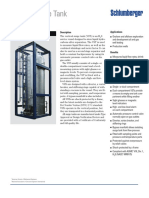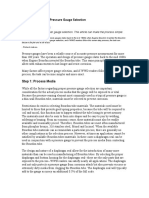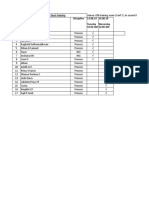0% found this document useful (0 votes)
188 views3 pagesFoaming
The document provides recommended system foaming factor values for different types of trays and packing used in distillation columns for various chemical processes. The system foaming factor is a value between 0 and 1 that accounts for the level of foaming in the system, with lower values indicating higher foaming. For ballast trays, the values range from 1.0 for non-foaming systems down to 0.6 for severe foaming systems like MEK units. For other trays and packings, different process units are listed along with their recommended system foaming factor values, with the lowest being 0.3 for stable foam systems like caustic regenerators.
Uploaded by
karthickCopyright
© © All Rights Reserved
We take content rights seriously. If you suspect this is your content, claim it here.
Available Formats
Download as DOCX, PDF, TXT or read online on Scribd
0% found this document useful (0 votes)
188 views3 pagesFoaming
The document provides recommended system foaming factor values for different types of trays and packing used in distillation columns for various chemical processes. The system foaming factor is a value between 0 and 1 that accounts for the level of foaming in the system, with lower values indicating higher foaming. For ballast trays, the values range from 1.0 for non-foaming systems down to 0.6 for severe foaming systems like MEK units. For other trays and packings, different process units are listed along with their recommended system foaming factor values, with the lowest being 0.3 for stable foam systems like caustic regenerators.
Uploaded by
karthickCopyright
© © All Rights Reserved
We take content rights seriously. If you suspect this is your content, claim it here.
Available Formats
Download as DOCX, PDF, TXT or read online on Scribd
/ 3





